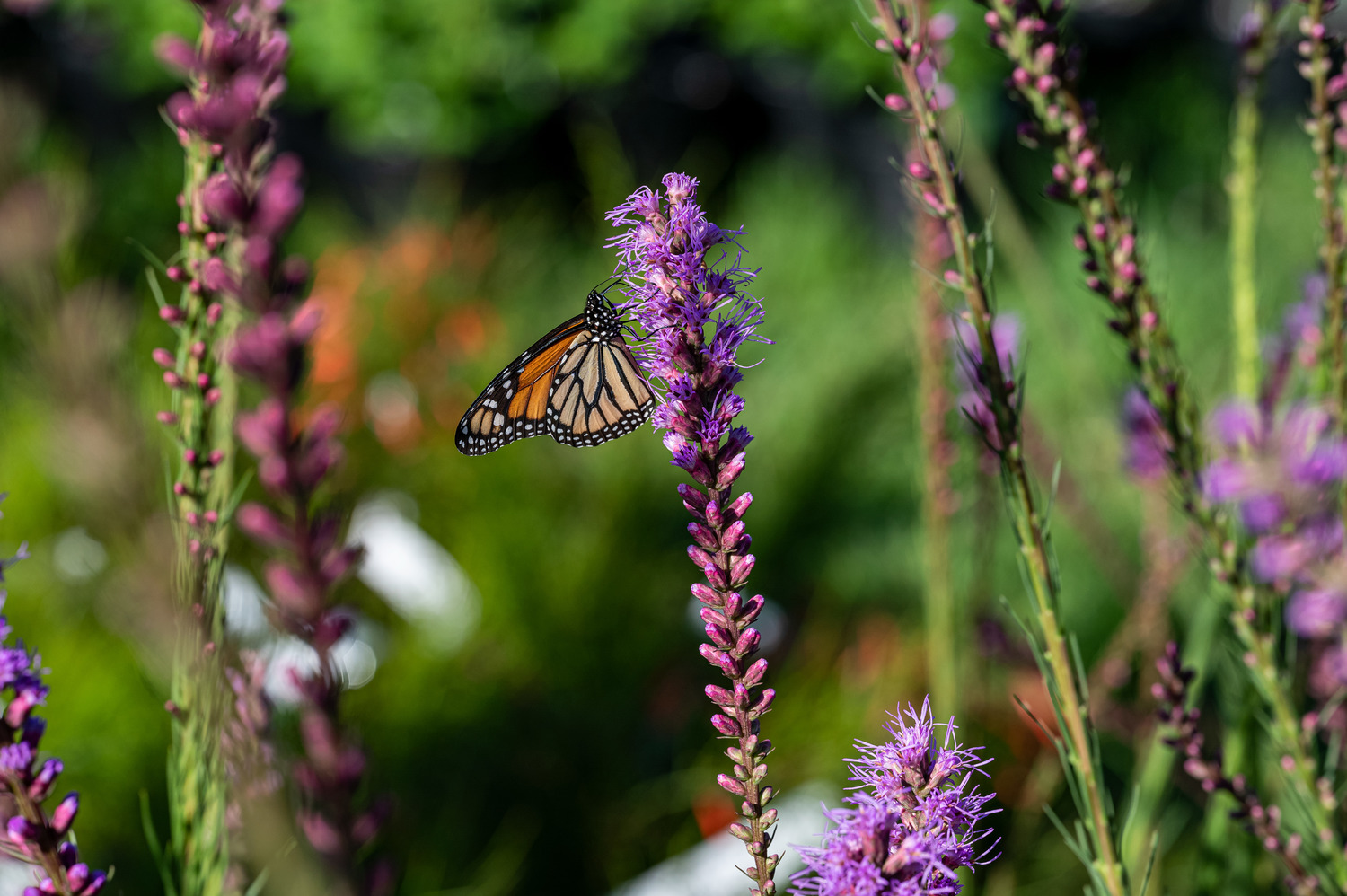GAINESVILLE, Fla. — Join the Florida Museum of Natural History for a vibrant Earth Day weekend celebration at this year’s spring plant sale, starting April 19. Customers can browse an abundant selection of plants from 10 a.m. to 5 p.m. April 19 and 20, and from 1 to 5 p.m. April 21.
This year’s sale has options for every kind of plant owner, with an estimated 250 plant species and cultivars available for purchase. Many of these featured plants are new to the museum’s sale, including hairy sunflower, sixangle foldwing, camphor daisy and fairy hibiscus.
“I feel strongly about diversity in the garden, so it always makes me happy to offer something new and different,” said Ryan Fessenden, manager of the Florida Museum’s “Butterfly Rainforest” exhibit. “I love providing many options to people so that everyone has choices for their yard.”

Visitors will also find a vast variety of plants native to Florida this year, as the sale includes around 150 species of Florida native plants. Native species are ideal for locals interested in low-maintenance gardens.
“Plants native to Florida are well adapted to our weather and soil conditions, so they usually require very little care once established,” Fessenden said.
The Florida Museum sources many of these plants from local greenhouses, while others come from nurseries across central Florida and the Florida Panhandle.
To make the purchasing process more streamlined this year, adjustments have been made to the sale’s layout. Museum staff members will now be stationed at a new information tent to answer questions and help customers locate plants. The holding area where guests bring their plants before checkout will be split into different sections to evenly distribute orders, and guests will no longer bring their plants from the holding area to a separate pickup area.
“This cuts the amount of staff labor in half, and we don’t have to double-check orders to make sure nothing was lost,” Fessenden said.
Prospective buyers are encouraged to visit the sale at their earliest convenience, as supplies are limited. Plant costs range from $4 to $20, with a few rarer offerings priced up to $50. Customers can pay in the museum’s Collectors Shop or at a special register outdoors. Accepted methods of payment include cash, credit or debit.
For a complete list of available plant species, visit www.floridamuseum.ufl.edu/shops/plants/biannual-sale. Visitors looking for particular plant species are encouraged to check the list often, as staff members will update it as items are sold.
Proceeds from the spring plant sale benefit the Florida Museum’s “Butterfly Rainforest” exhibit. The museum is also seeking people 18 years of age and older to volunteer for the plant sale. Volunteers are eligible for a 15% discount on purchases.
For more information, visit www.floridamuseum.ufl.edu/event/plant-sale.
-30-
Writer: Emma Riutort, PRintern@flmnh.ufl.edu
Source: Ryan Fessenden, rfessenden@flmnh.ufl.edu
Media contact: Kaitlin Gardiner, kgardiner@floridamuseum.ufl.edu